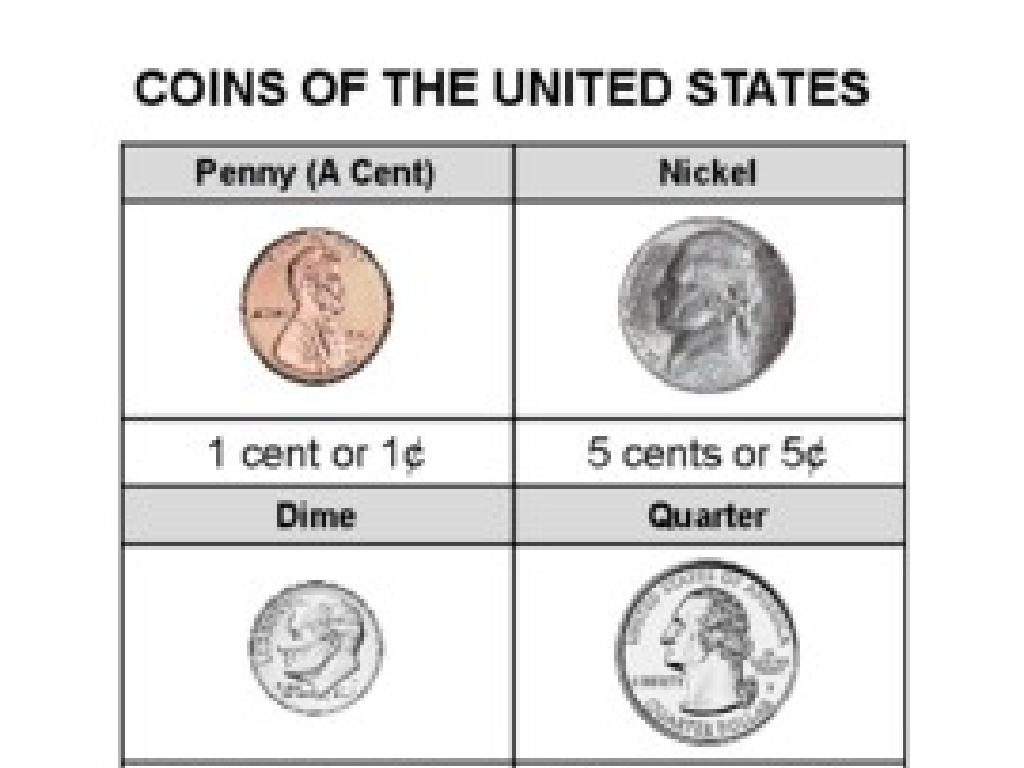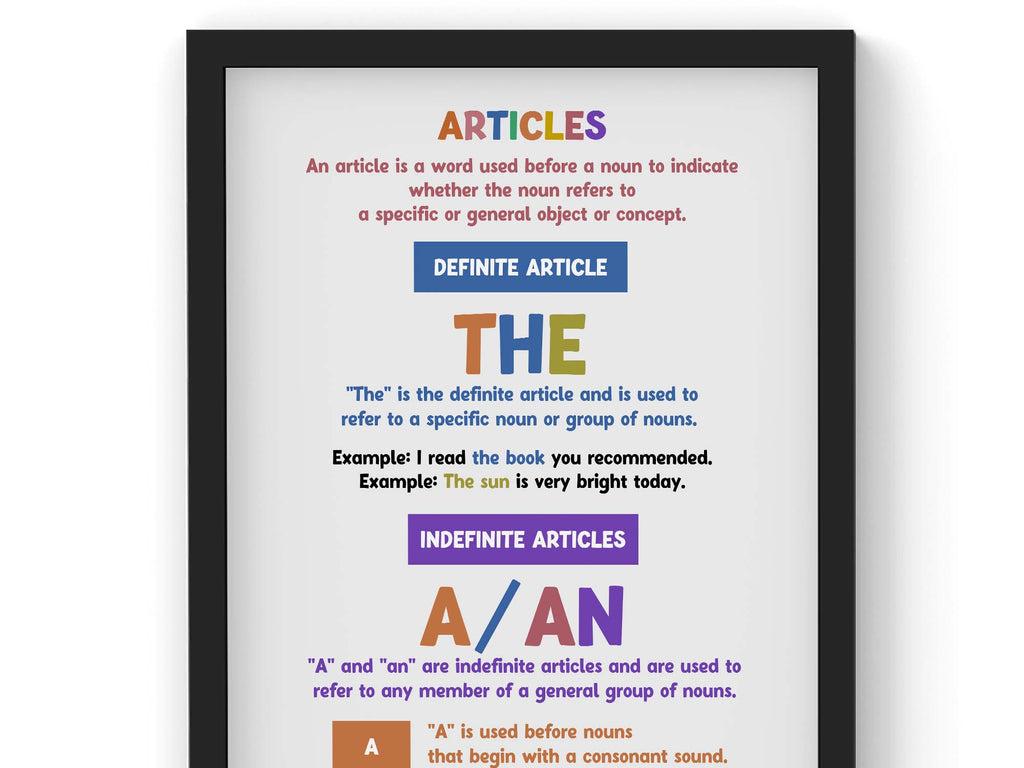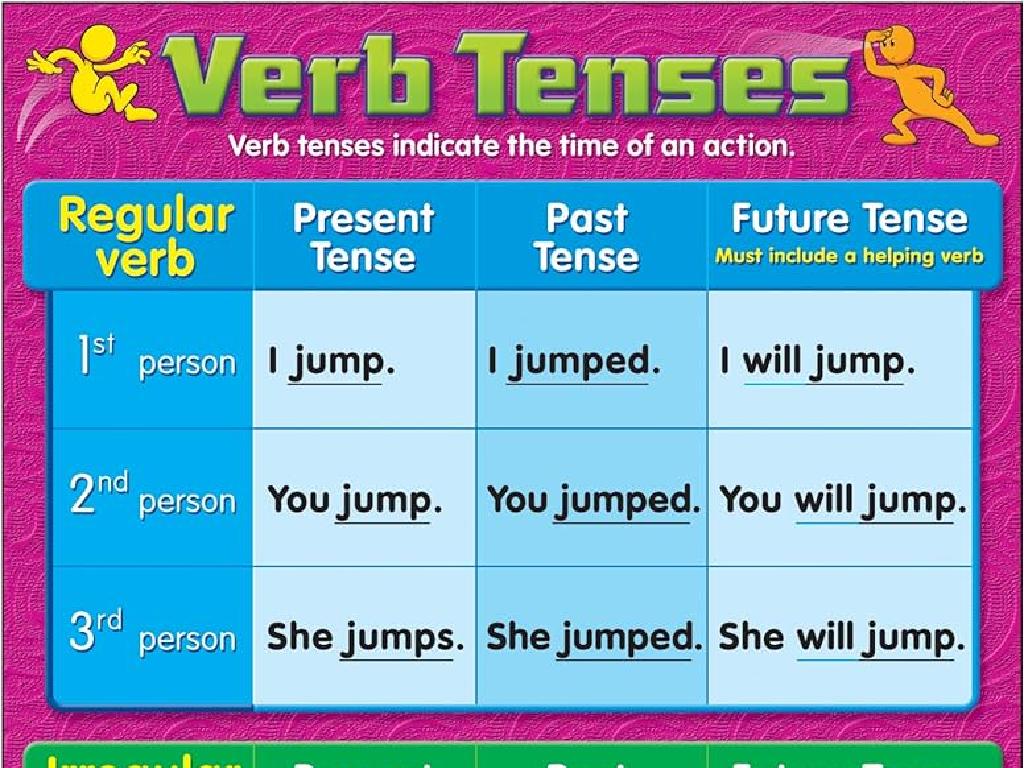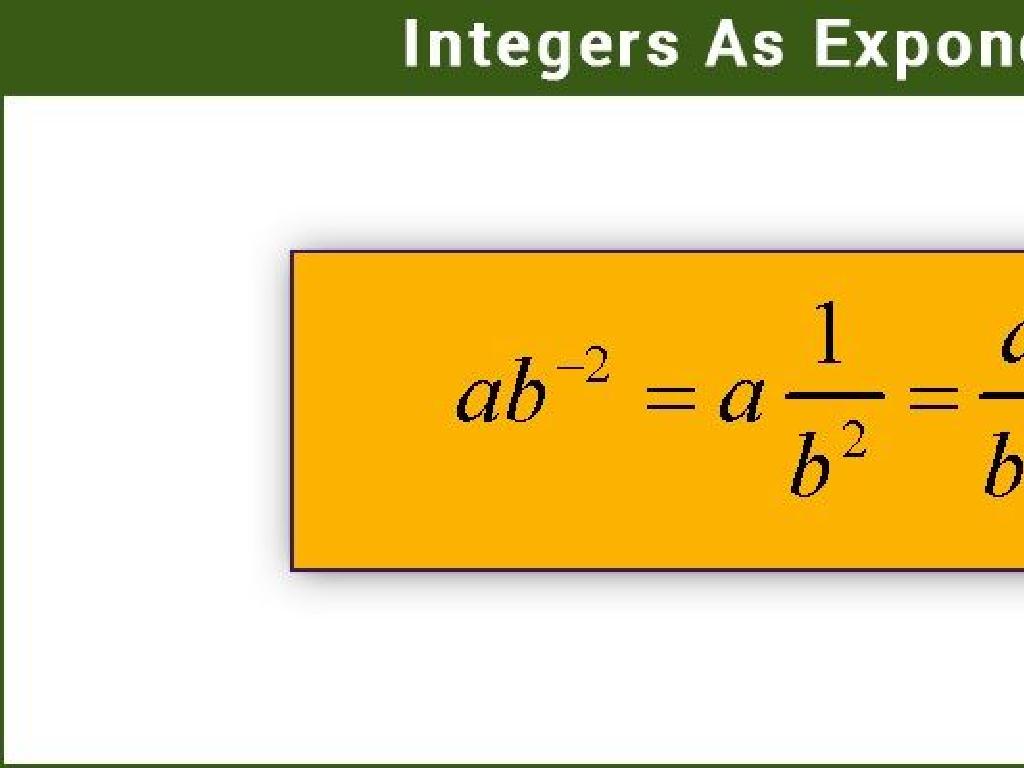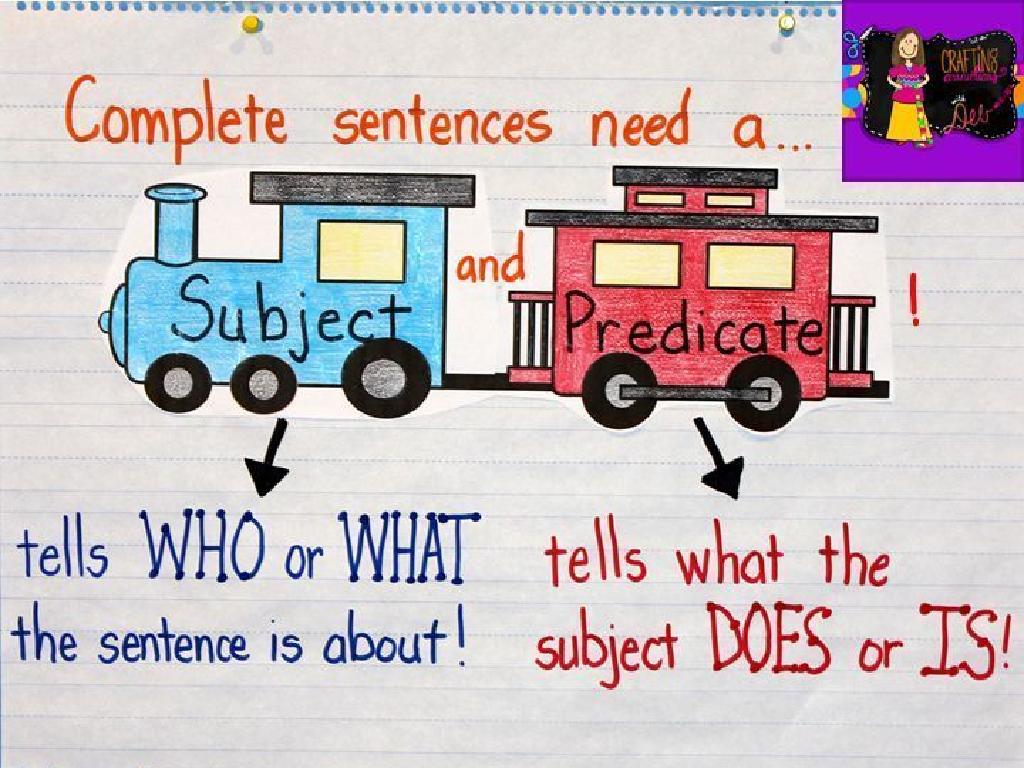Label The Rhyme Scheme
Subject: Language arts
Grade: Eighth grade
Topic: Analyzing Literature
Please LOG IN to download the presentation. Access is available to registered users only.
View More Content
Labeling Rhyme Schemes in Poetry
– Understanding poetry’s beauty
– Poetry uses aesthetic and rhythmic qualities of language to evoke meanings.
– Rhyme schemes and their purpose
– Rhyme schemes add a musical quality to poems, enhancing their flow.
– Identifying different rhyme patterns
– Common patterns include ABAB, AABB, ABCB, etc.
– Practice with labeling schemes
– We’ll label rhyme schemes in various poems to see how they contribute to the poem’s structure.
|
This slide introduces students to the concept of rhyme schemes within the context of poetry analysis. Begin by discussing how poetry differs from prose in its use of language to create beauty and evoke emotion. Explain that rhyme schemes are deliberate patterns of rhyme that poets use to give their work rhythm and flow, making it pleasing to the ear. Teach students how to identify rhyme schemes by looking at the end words of lines and using letters to label the patterns. Provide examples of different rhyme schemes and have students practice labeling them. Encourage students to consider how the chosen rhyme scheme affects the reading and interpretation of a poem.
Understanding Rhyme Schemes in Poetry
– Define Rhyme Scheme
– A rhyme scheme is the ordered pattern of rhymes at the ends of lines of a poem.
– Rhyme patterns in poems
– Look for words at the end of lines that sound similar.
– Marking rhymes with letters
– Assign letters (AABB, ABAB) to track rhyming lines.
– Recognizing rhyme schemes
– Practice by identifying patterns in different poems.
|
Introduce the concept of rhyme schemes as a foundational element of poetry structure. Explain that a rhyme scheme is the pattern of rhymes used in a poem, typically marked by letters to indicate which lines rhyme with each other. Provide examples of common rhyme schemes and demonstrate how to label them. Encourage students to listen for the rhyming words at the end of each line and to practice marking them with letters. This will help them to analyze the structure of poems and understand the poet’s intent. Have students practice with a variety of poems to recognize different rhyme schemes.
Identifying Rhyme Patterns in Poetry
– Common rhyme schemes: AABB, ABAB, ABBA
– AABB: lines 1 and 2 rhyme, then lines 3 and 4 rhyme
– Read a poem to identify end sounds
– We’ll read a poem aloud and listen for the rhyming words at the end of each line
– Practice labeling rhyme patterns
– Assign letters to end sounds to map the poem’s rhyme scheme
– Understand the role of rhyme in poetry
|
This slide introduces students to the concept of rhyme schemes in poetry, which are patterns of rhyme between the end words of lines. Start by explaining common rhyme schemes with examples. Then, read a selected poem together, emphasizing the end sounds to help students identify the rhyming pattern. Next, guide students through an exercise to label the rhyme patterns using letters, reinforcing their understanding of the schemes. Discuss how rhyme contributes to the rhythm and mood of a poem, enhancing its artistic expression. Encourage students to listen for rhyme in songs and other poems they enjoy outside of class.
Rhyme Scheme in Action
– Analyze rhyme scheme effects
– How do ABAB, AABB, etc., influence the poem’s message and flow?
– Rhyme scheme and poem rhythm
– A consistent rhyme scheme can give a steady beat, while a varied scheme can create a dynamic rhythm.
– Rhyme schemes creating mood
– Dark, light, or whimsical moods can arise from the pattern of rhymes.
|
This slide aims to delve into the intricacies of rhyme schemes within poetry and their impact on the overall work. Students should explore how different patterns, such as ABAB or AABB, can alter the poem’s message and flow, making it more engaging or emphasizing certain themes. Discuss how a consistent rhyme scheme can lend a steady, predictable beat to a poem, while a varied scheme might contribute to a more complex, dynamic rhythm. Encourage students to consider how the mood of a poem whether it’s dark, light, or whimsical can be influenced by the chosen rhyme scheme. Provide examples of poems with different rhyme schemes and analyze them as a class to illustrate these concepts in practice.
Your Turn: Label the Rhyme Scheme
– Label rhyme scheme of a poem
– Read aloud to identify rhymes
– Reading aloud helps spot rhyming words at the end of lines
– Share findings with classmates
– Discuss how you determined the rhyme scheme
– Compare rhyme schemes
– Notice how different poems have unique patterns
|
This slide initiates an individual activity where students will practice labeling the rhyme scheme of a given poem. Encourage them to read the poem aloud as this can make it easier to hear the rhyming words. After identifying the rhymes, they should label each line with letters (e.g., ABAB or AABB) to denote the scheme. Once completed, students will share their rhyme scheme labels with classmates to compare and discuss any differences in their findings. This exercise will help them understand that different poems can have different rhyme schemes and that there is a method to the seeming madness of poetic structure. Provide a variety of poems to ensure a rich discussion and learning experience.
Class Activity: Crafting Rhymes
– Group poem writing exercise
– Use a chosen rhyme scheme
– ABAB, AABB, or ABCB could be good starting points
– Emphasize creativity and poem flow
– Present and label rhyme schemes
– Identify rhyme patterns as a class
|
This interactive class activity is designed to help students understand rhyme schemes by creating their own poems. Divide the class into small groups and assign each a specific rhyme scheme to follow. Encourage them to focus on the creativity and flow of their poems, not just on rhyming words. After writing, each group will present their poem to the class. During presentations, pause to label the rhyme scheme of each poem, discussing as a class why certain schemes were chosen and how they affect the poem’s rhythm and overall impact. This exercise will enhance students’ appreciation for poetic structure and their ability to analyze literature more deeply.
Rhyme Scheme: Conclusion & Homework
– Recap rhyme scheme lesson
– Homework: Find a poem
– Choose any poem that interests you
– Label the poem’s rhyme scheme
– Use letters to mark rhymes (ABAB, AABB, etc.)
– Reflect on rhyme scheme’s effect
– How does the pattern influence the poem’s impact?
|
As we conclude today’s lesson on rhyme schemes, students should have a solid understanding of how to identify and label different rhyme patterns in poetry. For homework, they are to find a poem of their choice and label its rhyme scheme, which will help reinforce their learning. Additionally, they should prepare to discuss how the rhyme scheme contributes to the poem’s overall effect, tone, and emotional resonance. This discussion will deepen their analytical skills and appreciation for poetic structure. Encourage students to consider how the rhyme scheme might affect the poem’s rhythm, pacing, and memorability.

